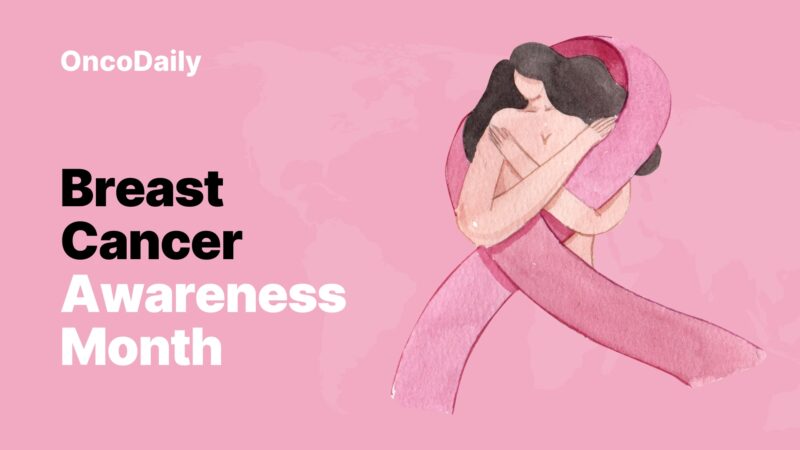Muna Al – Khaifi, GP Oncologist at Sunnybrook and Assistant Professor at the University of Toronto, shared a post on LinkedIn:
“Your mammogram is normal – see you next year.
That sentence overlooks the reality many survivors live with.
During my training, I saw women struggling with long-term treatment effects – hair loss, body image issues, neuropathy, chronic fatigue, sexual health concerns, lymphedema – yet follow-up visits focused almost entirely on recurrence surveillance.
But surveillance alone is not survivorship care.
Here’s what often goes unaddressed after treatment:
Cancer-related fatigue: about 25–34% of breast cancer survivors report significant fatigue 5–10 years after diagnosis.
- Peripheral neuropathy (post-chemo): about 30% still symptomatic more than 6 months after chemotherapy.
- Sexual health concerns: commonly reported; ASCO notes about 75–90% of breast cancer survivors experience sexual problems (pain, dryness, low desire), yet few receive care.
- Cognitive symptoms (‘chemo brain’): about 21–34% by neuropsych testing; about 44% by self-report across time points.
- Anxiety / depression: pooled estimates in cancer survivors about 30–33%
- Body-image disturbance: typically about 30–50% (higher in younger women and after mastectomy).
And these figures may actually be higher.
Many symptoms are underreported, underdiagnosed, or never proactively assessed, so the true burden is likely underestimated.
Now imagine the impact if we addressed these issues early and comprehensively:
- How many relationships could be strengthened or saved?
- How many cases of depression and anxiety could be prevented or treated sooner?
- How many women could stay in the workforce without long-term disability?
- How many caregivers and families could be supported rather than strained?
- How many survivors would feel seen, heard, and satisfied with their care?
- How much cost could the health system save by preventing complications instead of reacting to them late?
For instance, treating advanced lymphedema can cost the healthcare system three to four times more than early interventions, such as physiotherapy, compression therapy, and education. Early detection of lymphedema can reduce the progression of the condition by 50% to 70%, helping to prevent infections, emergency room visits, loss of function, and time away from work.
And that’s just one side effect.
This is exactly why I chose to focus on survivorship care – because a ‘normal mammogram‘ doesn’t mean the patient has returned to a normal life. We need models of care that reflect the real lived experience of survivors.
It’s time to move beyond ‘see you next year’ and deliver care that truly supports patients in the years that follow.”
Breast Cancer Awareness Month: Early Detection Saves Lives

